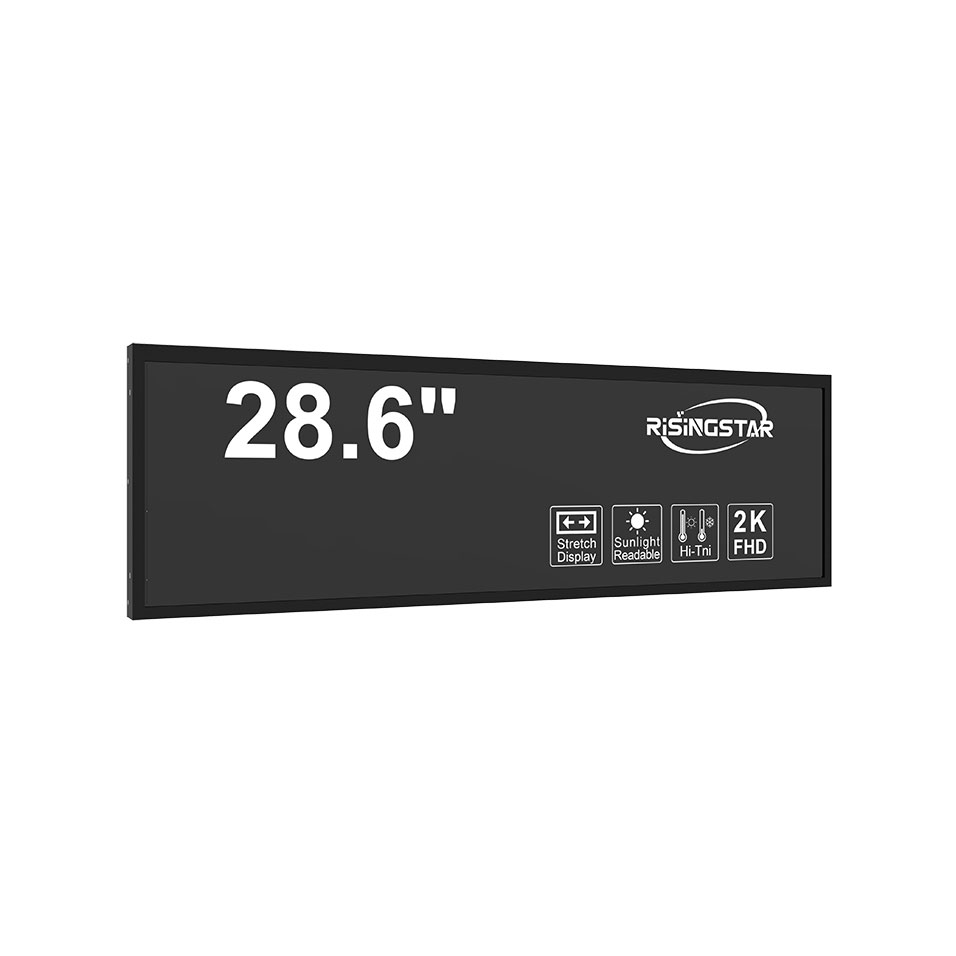- Home
- About Us
- Products
- News
- Video
- Contact
- Send Inquiry
Search
- Home
- About Us
- Products
- News
- Video
- Contact
- Send Inquiry

When designing or selecting outdoor LCD screens for public information systems, digital signage, or industrial monitoring applications, the display ratio—particularly 4:3—is a critical specification that directly impacts usability, content clarity, and visual impact. Unlike modern widescreen formats like 16:9, the 4:3 aspect ratio was historically dominant in computer monitors and is still widely used in outdoor environments where legacy systems, data-heavy dashboards, and vertical space constraints are common.
A 4:3 display ensures compatibility with older software and embedded systems, especially in transportation hubs, retail kiosks, and factory control rooms. For instance, a 15-inch 4:3 outdoor LCD screen typically offers a resolution of 1024×768 pixels—a standard known as XGA—which delivers sharp text rendering ideal for signage displaying schedules, alerts, or operational metrics. Similarly, 17-inch and 19-inch models maintain this ratio while scaling up physical dimensions, making them suitable for larger installations such as bus stop displays or parking lot information panels.
Industry standards from organizations like the International Electrotechnical Commission (IEC) and the Society of Motion Picture and Television Engineers (SMPTE) confirm that 4:3 remains valid for outdoor signage due to its balanced pixel distribution and superior text legibility under direct sunlight. In contrast, using a 16:9 display in place of 4:3 may result in unnecessary black bars or stretched content unless explicitly optimized—a problem exacerbated by high-brightness requirements (often 5,000–7,000 nits) typical in outdoor settings.
From an engineering standpoint, manufacturers such as LG, Sharp, and Samsung produce ruggedized 4:3 LCD modules specifically designed for outdoor use, featuring IP65-rated enclosures, wide temperature operation (-30°C to +70°C), and anti-glare coatings. These units are often integrated into all-in-one digital signage solutions where mounting flexibility, weather resistance, and consistent image quality across daylight conditions are paramount.

Case studies from urban transit agencies—like London’s Transport for London and New York City’s MTA—show that 4:3 screens in 15”–19” sizes perform better in real-world outdoor deployments than newer widescreen alternatives due to their predictable field of view and lower power consumption per square inch. Moreover, the 4:3 format allows more efficient use of vertical space in crowded urban environments where horizontal footprint must be minimized.
In summary, for professionals in digital signage, security monitoring, or public infrastructure, choosing a 4:3 aspect ratio in 15”, 17”, or 19” outdoor LCD screens isn’t just a preference—it’s a strategic decision rooted in technical performance, legacy compatibility, and proven industry practice.
